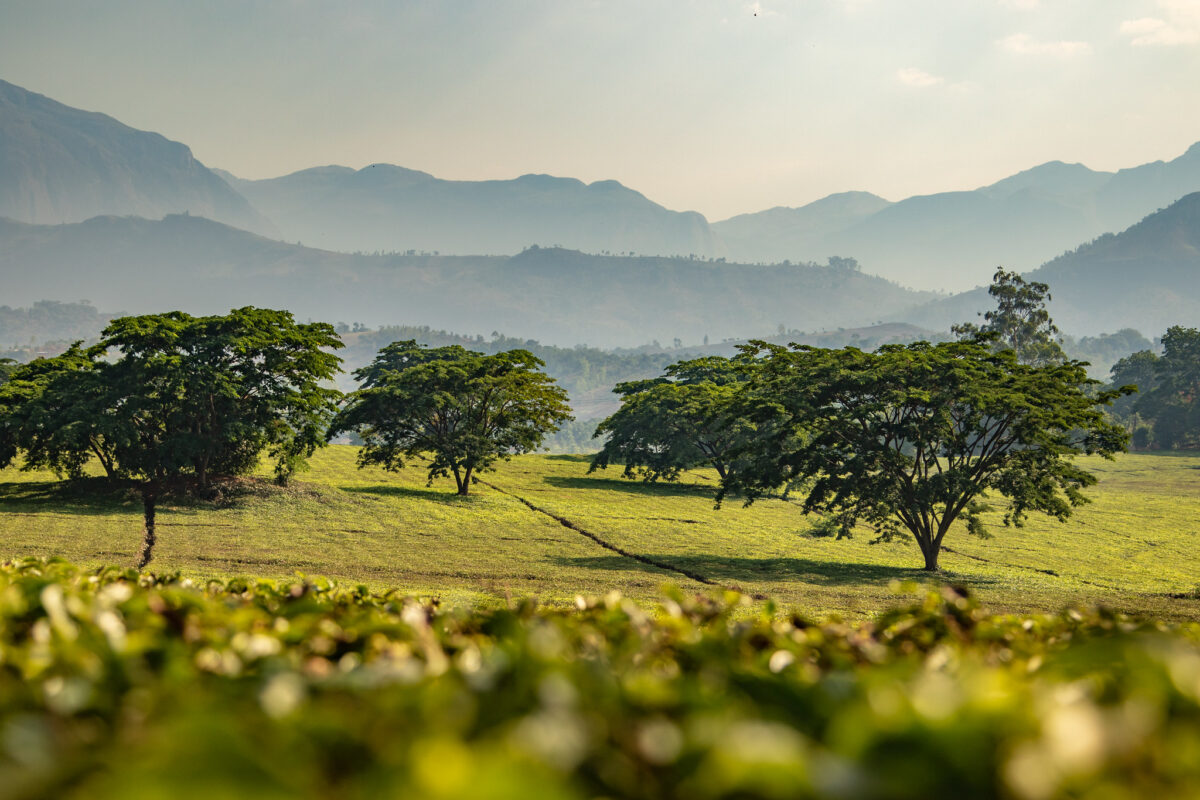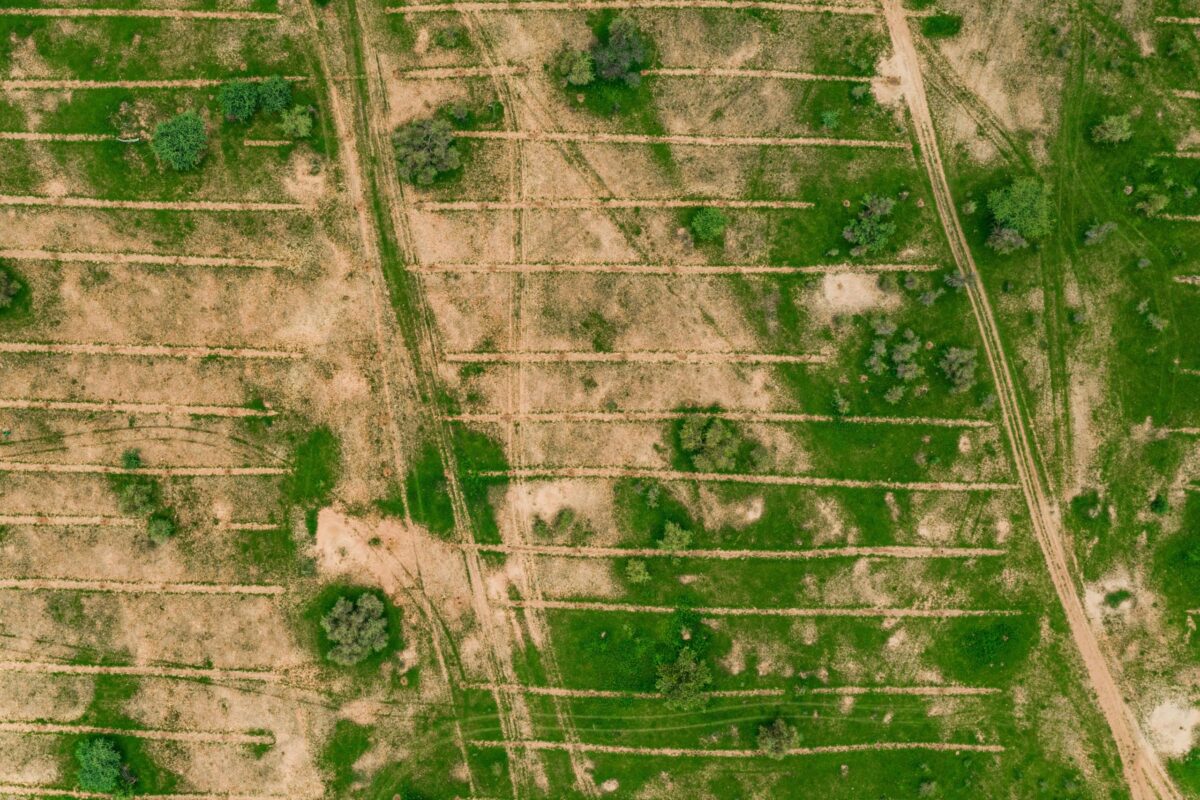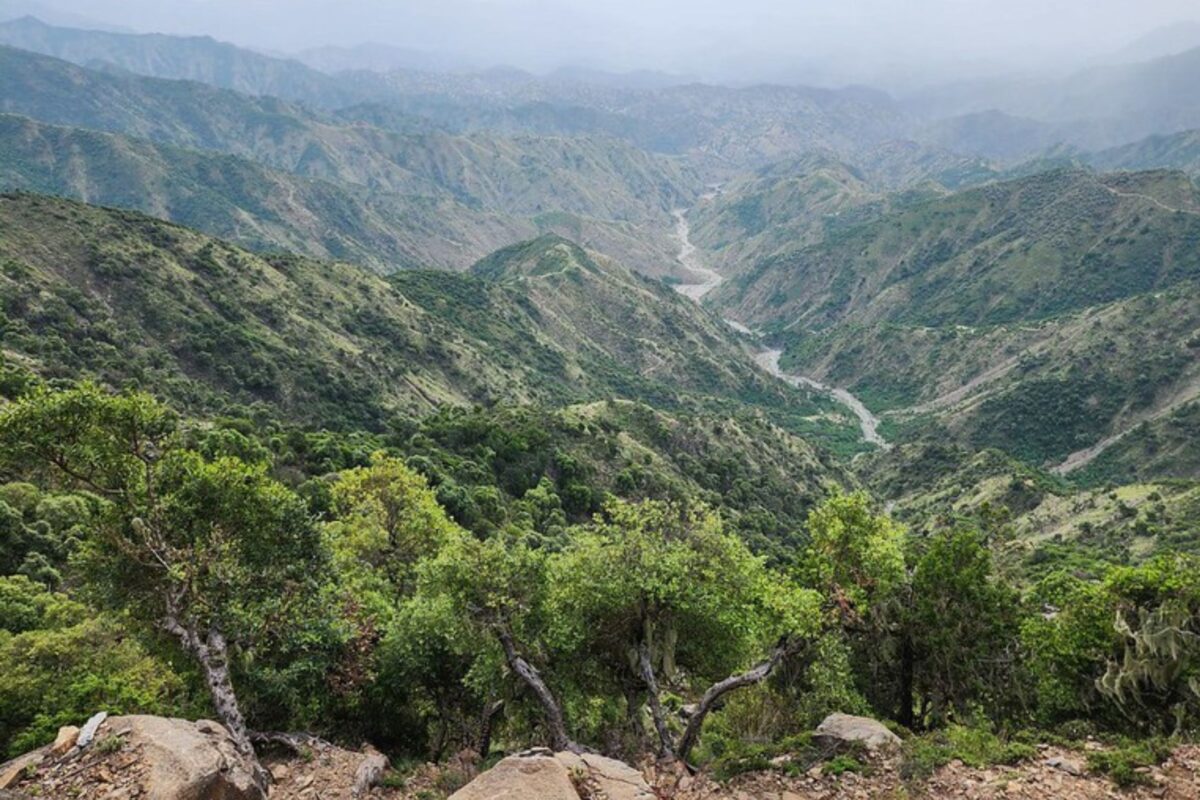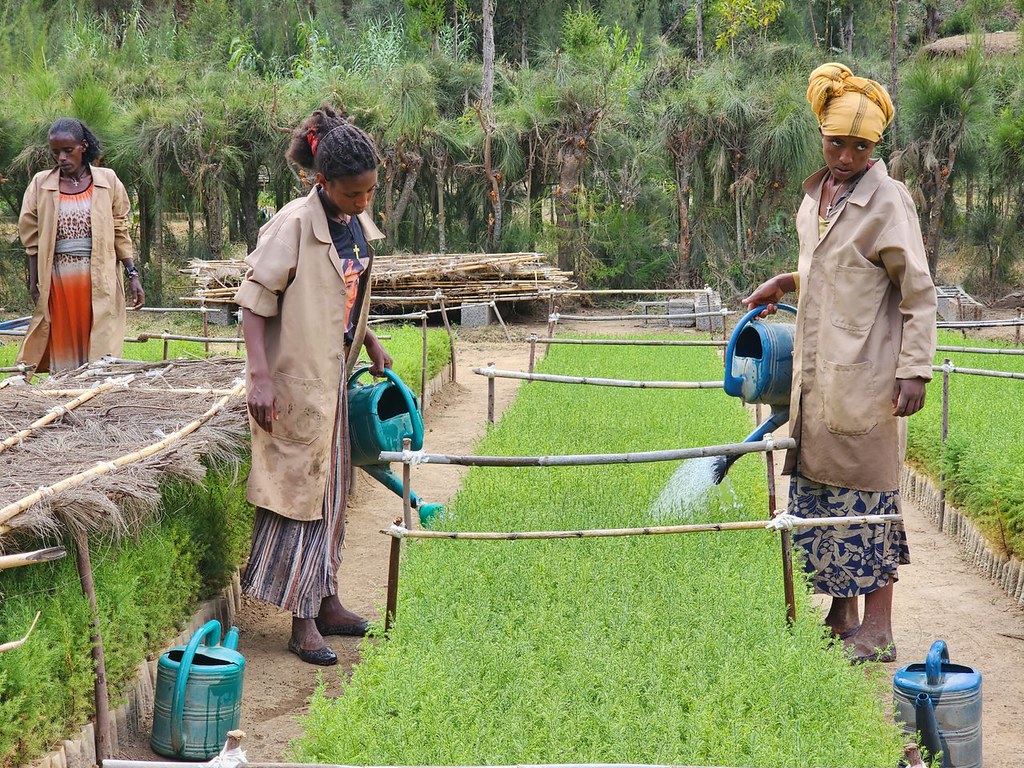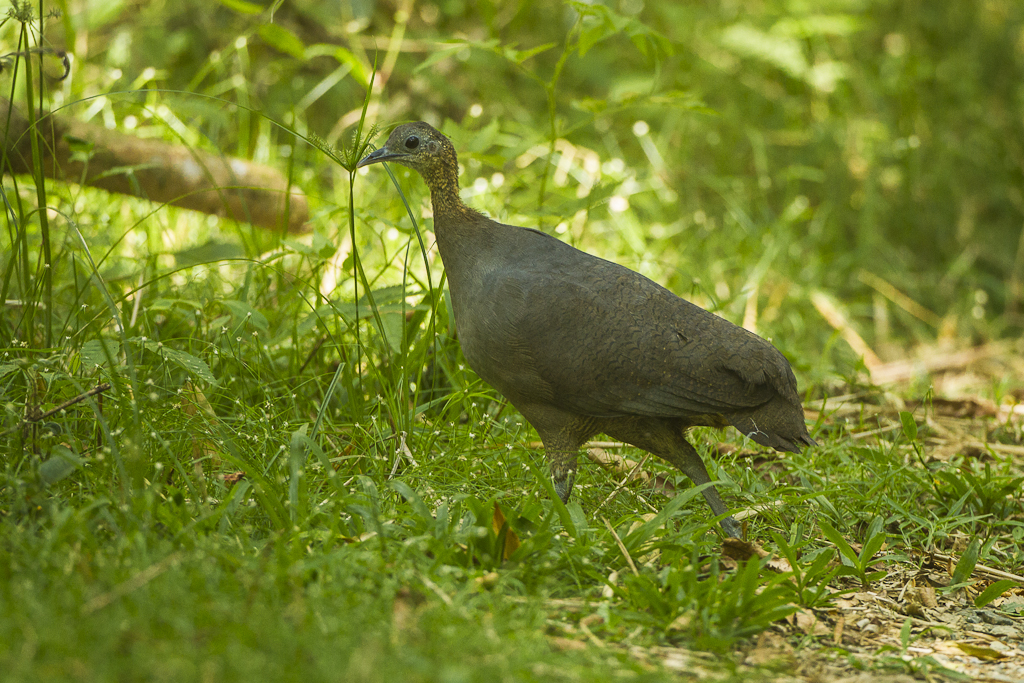An adult tree can absorb about 22 kilograms of carbon per year, according to the European Environment Agency. With newer research suggesting that only a third of the previously estimated trees (around 330 billion) may be needed to cool the planet by 1°C, the case for growing trees offers hope in a time when an increasingly erratic climate desperately needs solutions.
What seems like a clear-cut equation, however, masks a far more complex truth. The global push to reforest has, in some cases, cost non-forest ecosystems, along with their wildlife and plant inhabitants, dearly.
Tree growing isn’t a one-size fits-all solution
Rich in unique biodiversity and ecosystem services, non-forest ecosystems like grasslands, wetlands, and alpine meadows are slowly gaining more attention as critical regulators of water, protectors against erosion, and homes to vital pollinators, according to a 2019 study in Ecosphere. These open ecosystems are critical carbon sinks. Grasslands, for example, store nearly a third of the world’s terrestrial carbon, making them essential to long-term climate stability.
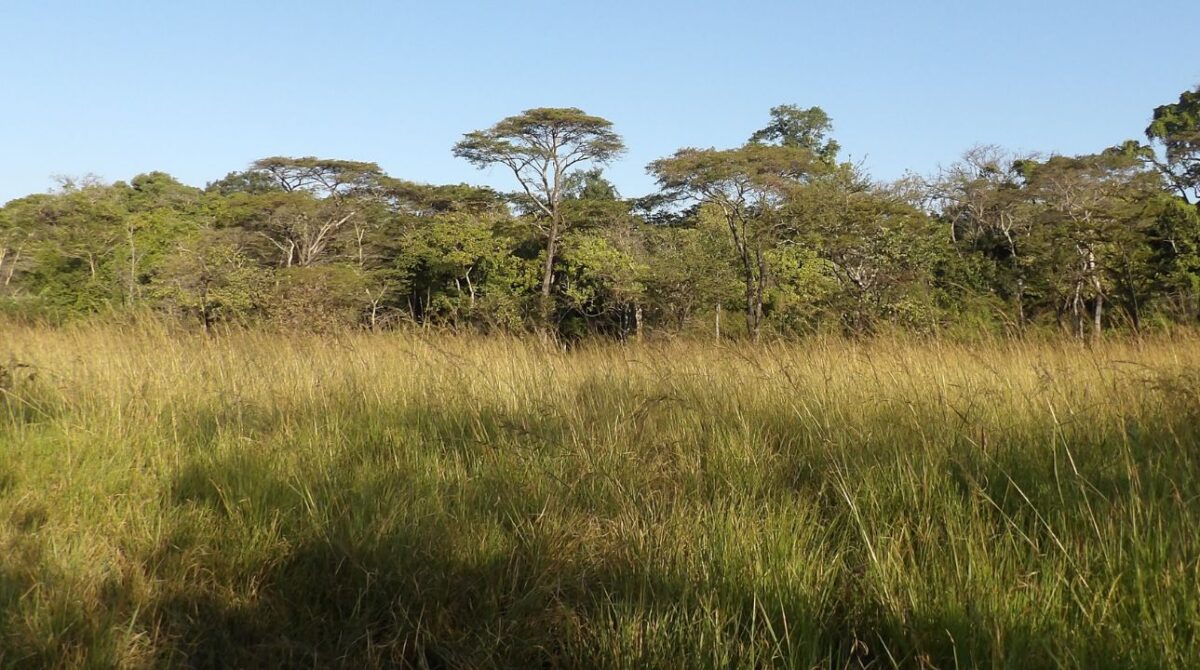
These are areas in which trees do not traditionally grow, and in which growing them — known as “afforesting them,”— can have hugely disruptive consequences. In fact, on nearly every continent, scientists have drawn direct links between afforestation and negative impacts to biodiversity, water cycles, and the livelihoods of people who depend on non-forest ecosystems for survival:
- A 2020 study published in Scientific Reports found that in South West China, large-scale afforestation disturbed the region’s water balance, reducing downstream availability and threatening agriculture.
- A 2024 study in Global Ecology and Conservation concluded that planting trees in naturally treeless European habitats reduced pollinator diversity.
- A recent science study warned that afforestation in Africa’s savannas and grasslands threatens both unique wildlife and rural communities.
At WeForest, not growing trees can be just as important
At WeForest, we’re strong believers in the regenerative potential of growing forests, having to date conserved, restored, and grown over 161,000,000 trees. Deciding where to support the growth of trees is an essential part of our work.
WeForest projects adhere to the overarching Forest and Landscape Restoration Principles, a set of guidelines which, among other aspects, recognises the diversity of ecosystems in our project areas. This means that while we restore and reforest areas where natural forests have been lost, we also respect areas where trees did not naturally occur, by not increasing their tree cover. Two regions stand out.
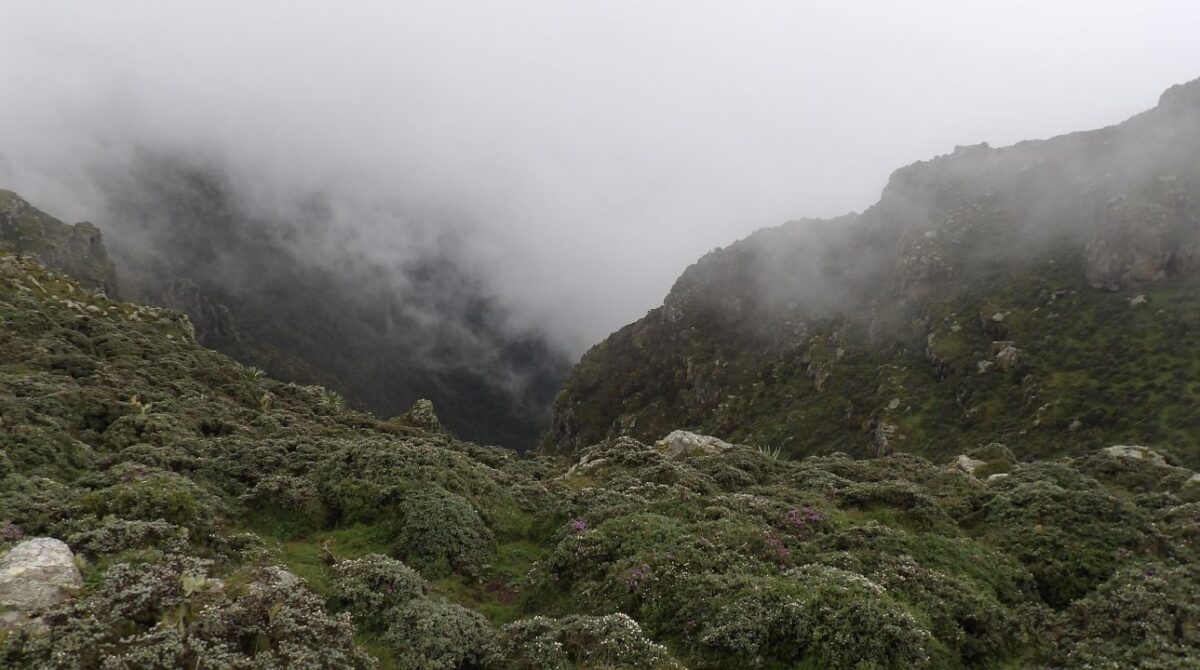
Protecting Ethiopia’s afromontane grasslands
Hand-in-hand with communities in Wof Washa, Ethiopia, WeForest has so far conserved and restored 293.5 ha of natural forest, helping safeguard one of the oldest remaining dry afromontane forests in the country. Restoring this forest means strengthening a vital lifeline for over 12,394 people living below the poverty line, who depend on it for water, fuelwood, construction wood, collecting medicine, edible fruits, honey and grazing for their livestock. Just as important is the area we will never sew a seedling in.
Adjacent to Wof-Washa, lie afromontane grasslands, open ecosystems rich in biodiversity, and dominated by native shrubs under 2 meters tall. Found at elevations above 3,200 meters, these grasslands host an extraordinary range of endemic plant species, including more than 500 species of wild orchids identified in the Southern Rift alone according to the Critical Ecosystem Partnership Fund.

These wild orchids are cornerstones of biodiversity. Highly sensitive to environmental change, they act as indicators of ecosystem health and form essential links in the pollination networks that sustain local plant life. Many orchid species depend on specific pollinators, forming intricate relationships that help maintain ecosystem resilience. Losing them to afforestation might disrupt these delicate ecological connections, undermining the natural balance that sustains life in these highland landscapes
Defending dambos in Zambia
In Zambia’s Copperbelt, WeForest works with communities to address the widespread degradation caused by mining, charcoal production, and unsustainable agriculture. So far, we’ve contributed to the regeneration of the Miombo woodlands by conserving and restoring 5 979 hectares.
These dambo grasslands are part of the Imanda Community Forest, which was established by local communities with support from WeForest. The grasslands are ecologically significant, particularly for birdlife, and were designated as an Important Bird Area (IBA ZM021) in 2001. They provide habitat for approximately 221 bird species, including notable species such as Batis margaritae, Musophaga rossae, Mesopicos griseocephalus, and Campephaga quiscalina.
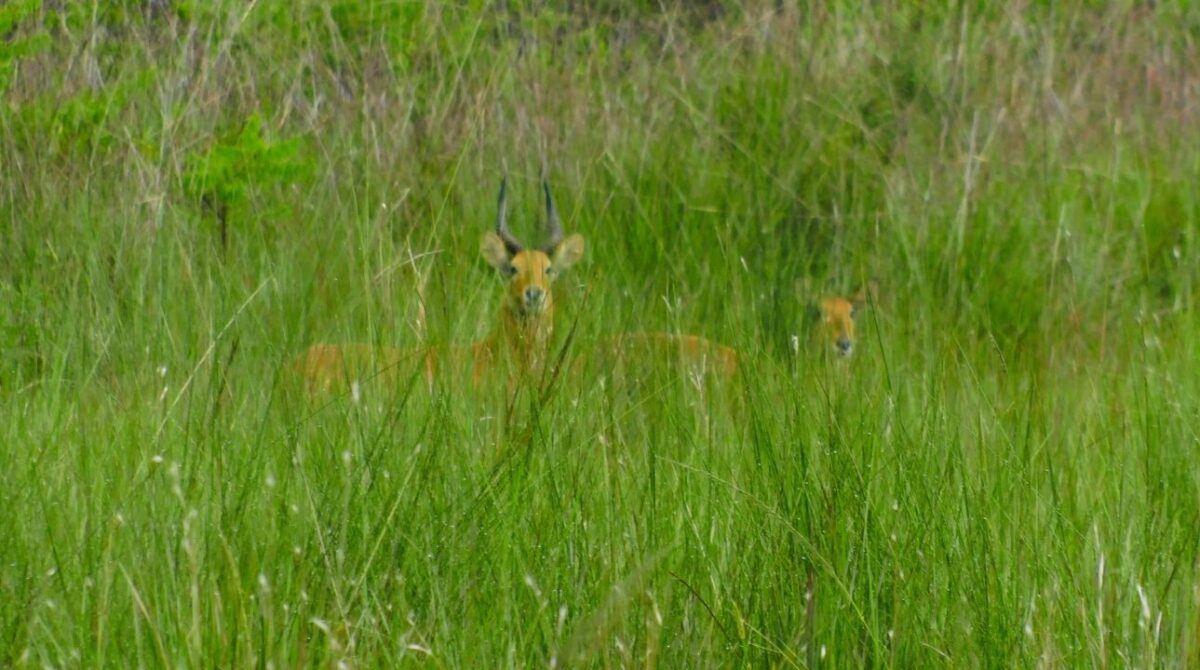
A smarter approach to restoration
Going beyond tree planting means listening to nature, not imposing one-size-fits-all solutions. At WeForest, we’re committed to science-based, context-specific restoration that values all ecosystems, whether forests, grasslands, or biodiverse wetlands.
Support forest conservation today
Ready to partner with us in restoring balance to complex ecosystems like Wof Washa, Ethiopia and the Copperbelt, Zambia?

